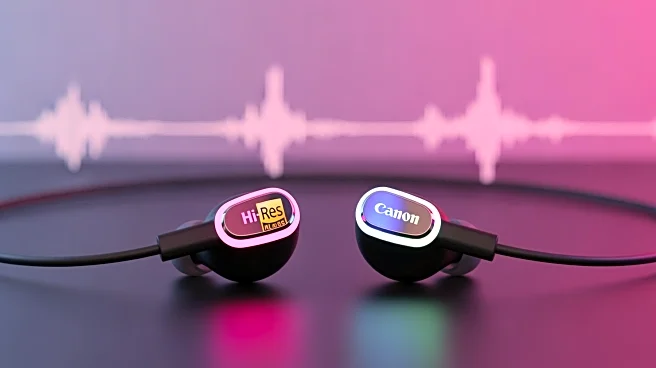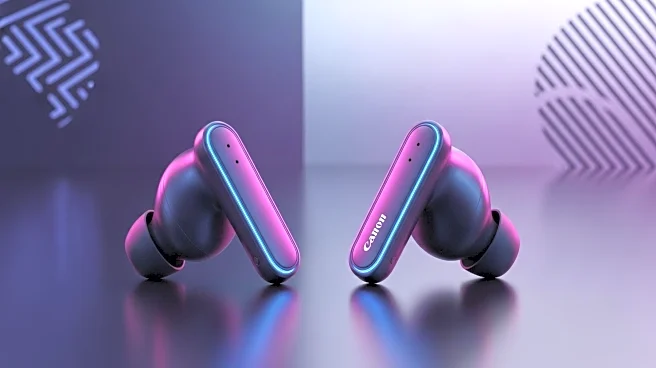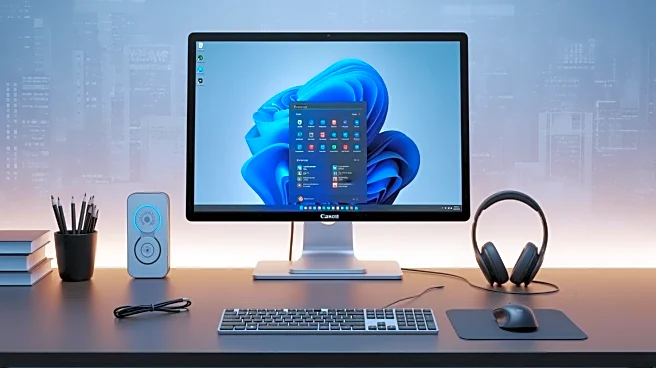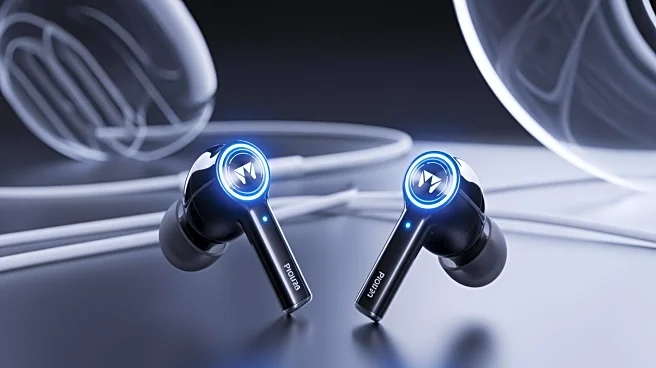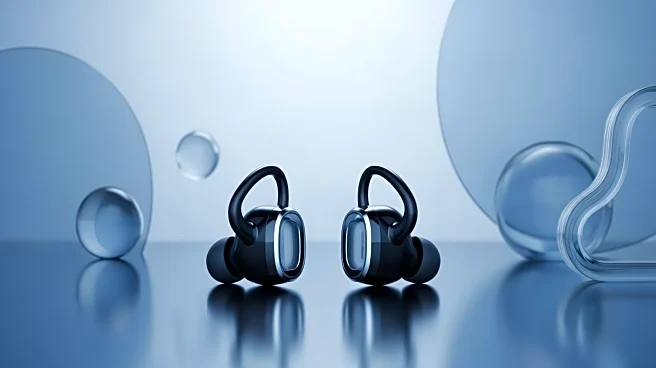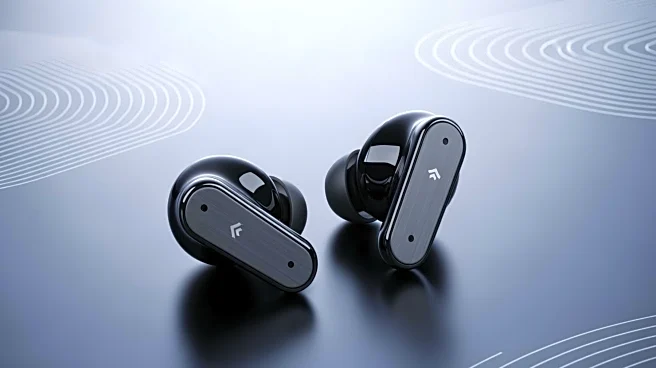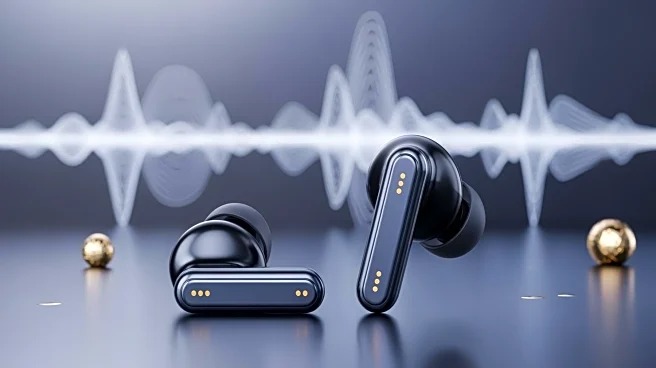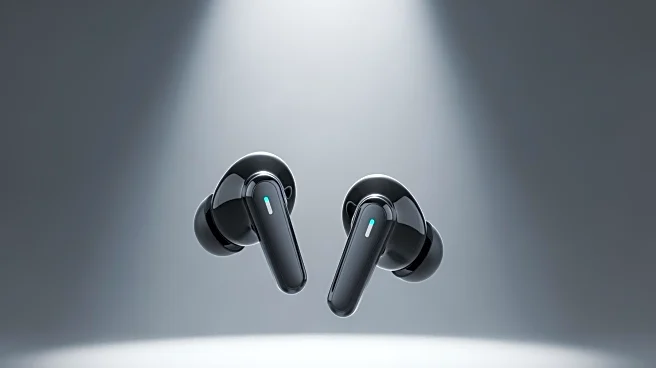What's Happening?
Earfun has announced a significant discount on its Free Pro 3 earbuds, reducing the price from $96 to $28 with the use of a promo code valid until October 31. These earbuds are equipped with advanced features such as 7mm wool composite drivers and a Qualcomm
QCC3072 chip, supporting Hi-Res audio. They also offer noise-canceling capabilities that can reduce external sounds by up to 43 dB. Weighing just 4.5 grams each, the earbuds are designed for comfort and come with an IPX5 waterproof rating and a 33-hour battery life. Additionally, they feature six built-in microphones for clear voice calls and support multipoint Bluetooth pairing.
Why It's Important?
The discount on Earfun's Free Pro 3 earbuds makes high-quality audio technology more accessible to consumers who may not have been able to afford it at the original price. This move could potentially increase Earfun's market share in the budget audio segment, attracting customers looking for affordable yet feature-rich audio solutions. The inclusion of Hi-Res audio support and effective noise-canceling features at a lower price point may set a new standard for budget earbuds, encouraging competitors to offer similar features at competitive prices. This could lead to broader consumer access to advanced audio technology, impacting the overall market dynamics.
What's Next?
With the promotion running until the end of October, Earfun may see a surge in sales, prompting them to consider extending similar discounts on other products or developing new models with competitive pricing. The success of this promotion could influence other audio technology companies to reevaluate their pricing strategies, potentially leading to more affordable options in the market. Consumers might also start expecting high-quality features in budget products, driving innovation and competition in the audio industry.
Beyond the Headlines
The affordability of high-quality audio technology could have cultural implications, as more people gain access to superior sound experiences. This could enhance the enjoyment of music, podcasts, and other audio content, potentially influencing consumer preferences and media consumption habits. Additionally, the increased accessibility to advanced audio features might encourage more individuals to explore audio production and content creation, fostering creativity and diversity in the audio landscape.
